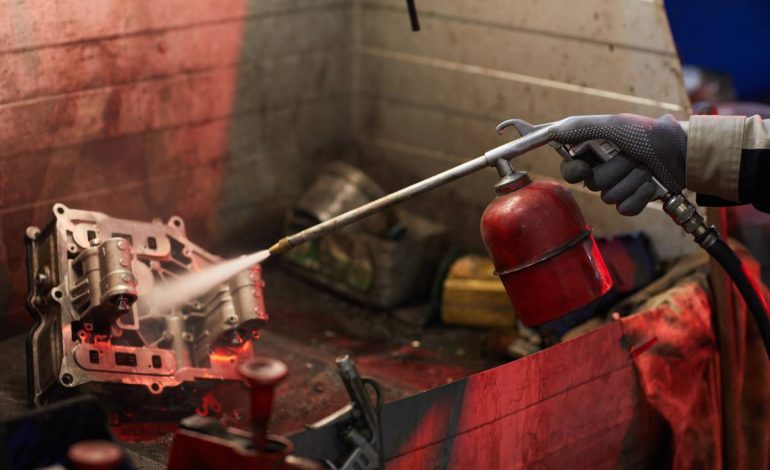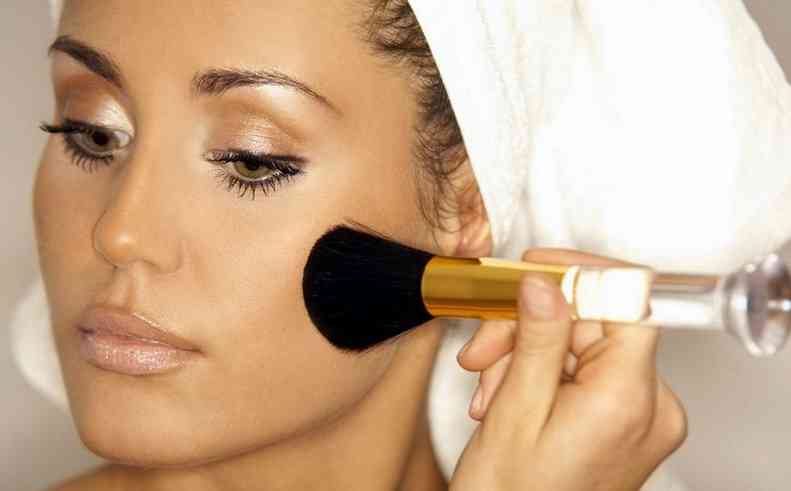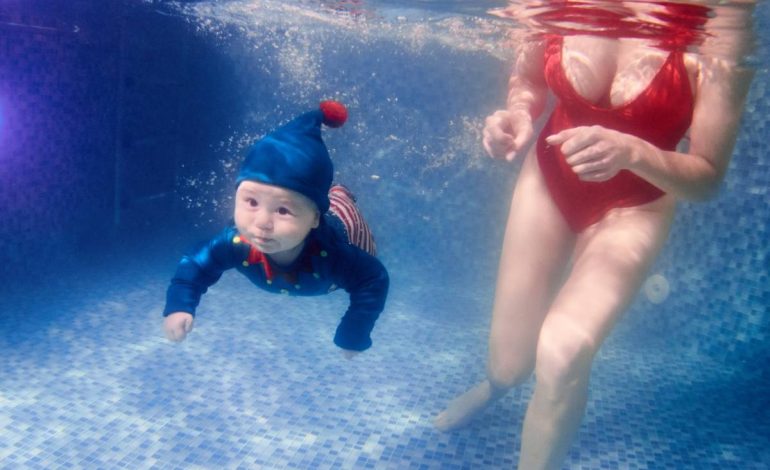
When can babies go swimming for the first time? How do I introduce my baby to the pool?
Warm summer days by the pool with family are unbeatable. Whether you’re in your backyard, at a hotel on vacation, or heading to a community pool nearby, you’re probably eager for your little one to join the fun.
You might already know the basics of pool safety, but you might be curious about when it’s safe for a baby to go in a chlorine pool. How soon is too soon? Here’s what experts say about when babies can start enjoying swimming pools.
When can babies go swimming for the first time?
Babies can generally start swimming lessons or go swimming with supervision as early as 6 months old, but it’s always best to consult with a paediatrician first. At this age, babies typically have developed enough motor skills and muscle control to begin learning basic swimming movements. However, it’s crucial to ensure the water temperature is comfortable and safe for the baby and to always closely supervise them while in the water.
Age guidelines for swimming
As your child grows, their confidence in the water typically increases, especially with the aid of swimming lessons. While every child develops skills at their own pace, it’s essential to provide encouragement if water activities are part of your child’s routine.
From 6 to 18 months, babies begin to explore water and become comfortable in it. They start with basic kicking and pulling movements and may master floating and gliding with assistance. They also learn to blow bubbles, change directions, and get in and out of the water with help.

Between 18 months and 3 years, children continue to build on these skills, learning basic arm motions and kicking. By age three, they can usually get in and out of the water independently using stairs. They start to dunk their heads and hold their breath, and they may jump into the water with your assistance.
From ages 3 to 5, children learn to float on their front and back, roll from side to side, and use their arms and legs to move through the water. They begin to tread water for short periods.
At 5 years and older, children start to put all the skills together, including coordinating their arms, legs, and breathing while swimming. They may also learn to dive and jump into the water independently. Continued practice and reinforcement of these skills help children become strong and confident swimmers.
How do I introduce my baby to the pool?
Introducing your baby to the pool can be an enjoyable experience for both of you. Here are some steps to consider: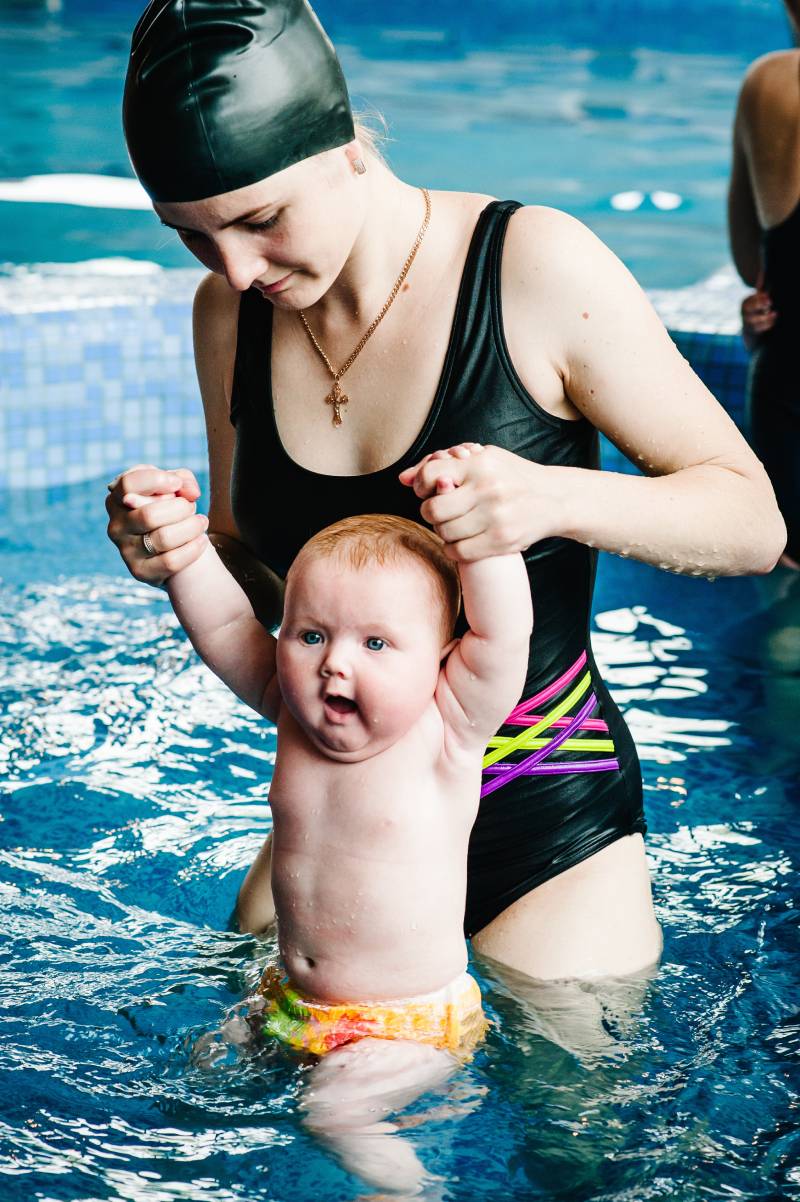
- Choose the Right Time: Pick a time when your baby is well-rested and fed. Avoid times when the pool is crowded or noisy.
- Start Slowly: Begin by simply sitting with your baby at the edge of the pool, dangling their feet in the water. Let them get accustomed to the sights and sounds of the pool environment.
- Gentle Introduction: Hold your baby securely in your arms and slowly lower them into the water. Support their head and neck at all times. Keep your movements gentle and reassuring.
- Stay Close: Maintain close physical contact with your baby at all times. Hold them securely and keep them within arm’s reach.
- Make it Fun: Use toys, songs, and gentle movements to make the experience enjoyable for your baby. Encourage them to splash and play in the water.
- Watch for Cues: Pay attention to your baby’s cues and comfort level. If they seem distressed or uncomfortable, take them out of the water and try again later.
- Practice Safety: Always use appropriate swim gear such as flotation devices designed for infants. Never leave your baby unattended near or in the water, even for a moment.
- Gradual Progression: As your baby becomes more comfortable in the water, you can gradually introduce them to more advanced activities such as kicking their legs or reaching for objects.
Remember to keep the experience positive and enjoyable for your baby, and don’t force them to do anything they’re not comfortable with. With patience and encouragement, most babies quickly learn to enjoy swimming.
How can I make swimming enjoyable for my baby?
Start by helping your baby get comfortable in the water. Gently splash some water over their body and let them float on their back while you guide them through the water.
If it’s your first time at the pool with your baby, choose a less busy time. It can be more fun to bring a friend and their baby along. Stay relaxed and happy to keep your baby at ease.
Once in the pool, hold your baby close and maintain eye contact. As you gain confidence, you can gradually extend your arms and move your baby around. Talking to and praising your baby helps reassure them.
Make use of bath toys to engage your baby. You can play games like tossing a toy and encouraging your baby to retrieve it, blowing bubbles under the water, or passing a toy back and forth.
Encourage your baby to kick their legs by laying them on their back with their head on your shoulder. Singing nursery rhymes like “Humpty Dumpty” while splashing gently can add to the fun.
Babies under 6 months often enjoy floating on their backs, but after that age, they may prefer sitting up and exploring. Watch for their cues and adapt activities accordingly.
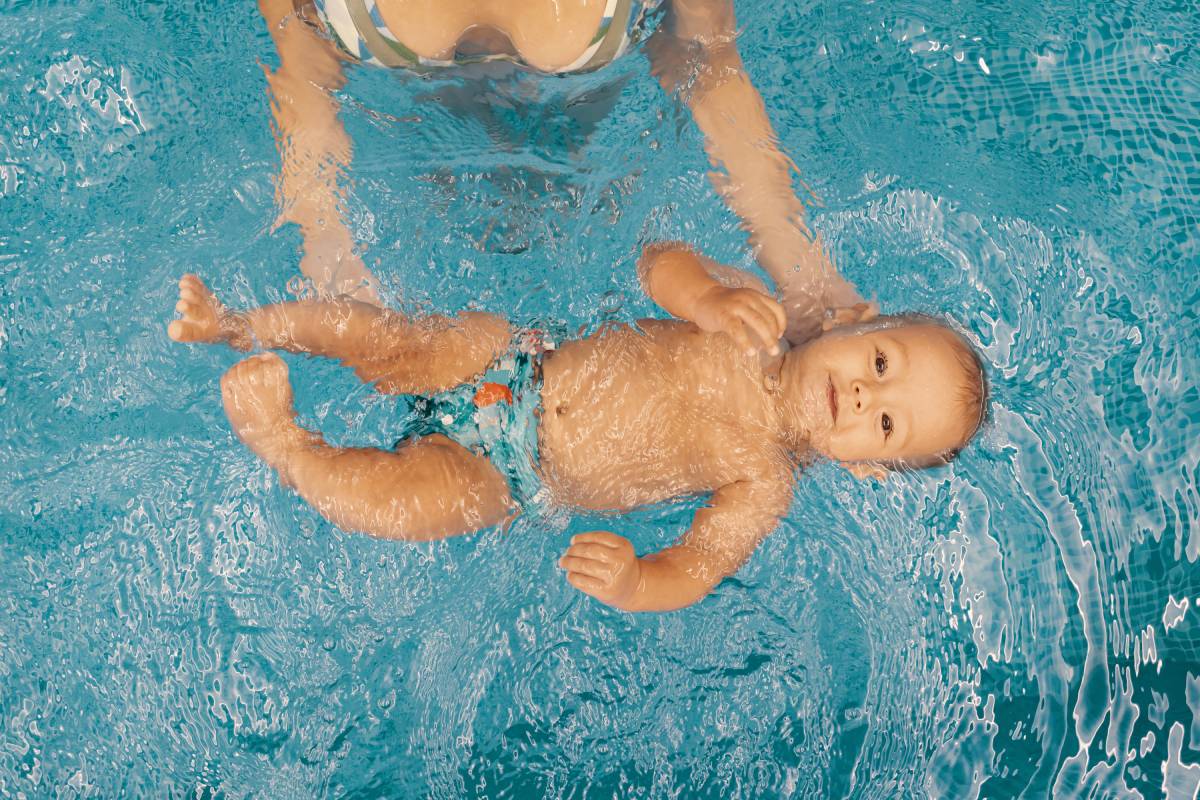
Is chlorine pool safe for babies?
Chlorine is commonly used in pools to keep the water clean and free of harmful bacteria and germs. When used properly, chlorine is generally safe for babies to swim in. However, there are a few precautions to keep in mind:
- Proper Dilution: Ensure that the chlorine levels in the pool are within the recommended range. Excessively high levels of chlorine can irritate the skin and eyes, especially for babies who have more sensitive skin.
- Rinse After Swimming: After swimming, it’s a good idea to rinse your baby off with fresh water to remove any chlorine residue from their skin.
- Monitor for Sensitivity: Some babies may have sensitive skin or be more prone to irritation from chlorine. If you notice any signs of skin irritation or discomfort, consider using a swim diaper with a waterproof cover to provide an additional barrier between your baby’s skin and the chlorine.
- Limit Exposure: While occasional swimming in a chlorinated pool is generally safe, it’s a good idea to limit prolonged exposure, especially for very young babies.
- Consider Alternatives: If you’re concerned about chlorine exposure, you may also explore alternatives such as saltwater pools or natural swimming pools that use fewer chemicals.
Overall, as long as proper precautions are taken and chlorine levels are maintained within safe limits, swimming in a chlorinated pool can be a safe and enjoyable activity for babies.
The takeaway
Introducing your baby to the pool can be a great way for both of you to socialize and promote water confidence, but it’s crucial to prioritize safety. Ensure you have multiple safety measures in place, like close supervision, appropriate water and air temperature, and barriers like gates and fences to prevent accidents.
The American Academy of Pediatrics (AAP) suggests starting swimming lessons around age one, but it’s always wise to consult with your paediatrician to decide what’s best for your baby and your family.


